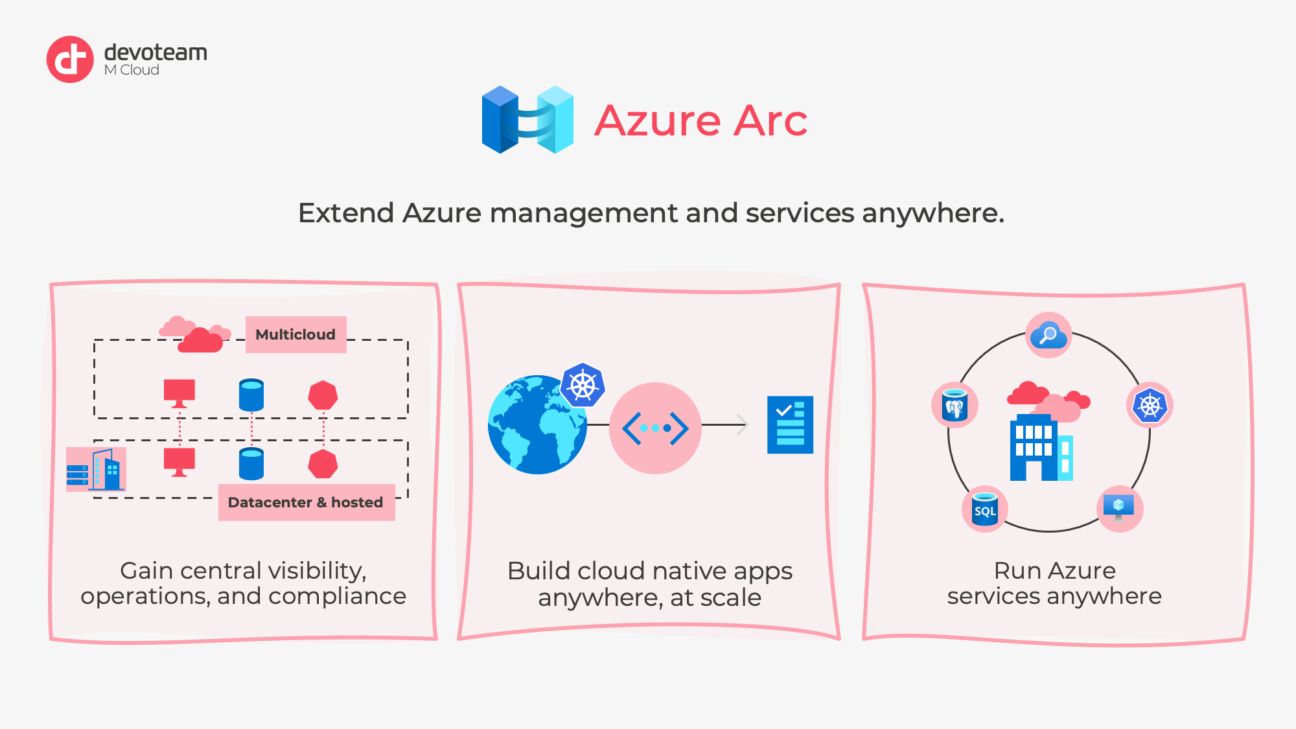Working with customers in every vertical, we see that the introduction of public cloud is wide-spread, and adoption is increasing.
Typical triggers that stand out:
- End-of-lease or end-of-contract for the corporate datacenter(s).
- Need of hardware refresh.
- Increased cost of electricity and related cooling.
- Pressing need of OS refresh due to EOL situations.
- Market shortage of skilled resources.
Another trend we see emerging, primarily due to more strict EU privacy regulations, is certain types of data that you need to keep on premise. Next to that, of a smaller impact but with a high burden, is the legacy pool of applications that you just cannot move to the public cloud. You also need to keep them running on legacy, on-premises platforms.
In the early days of cloud availability, the choice of a public cloud provider (aka Hyperscaler) was primarily based on either (perceived as) best in class for a specific workload, on personal affinity or, the not-all-eggs-in-one-basket strategy (vendor lock-in).
Today, this is referred to as Multicloud, Distributed Cloud or Hybrid Cloud.
Multicloud: how do you manage it?
For many years, the on-premises datacenter was monitored and operated using well-established tooling from a variety of vendors. These typically offered a breadth of services required to keep the IT business running. They also required skilled professionals to work with this tooling.
With the introduction of public cloud into the enterprise, the single console approach came under pressure. Add-ons and interfaces were required, some of the essential functionality no longer worked, and the tooling was not prepared for the new services becoming available on the public cloud (think PaaS).
For a while, some third party offerings tried to fill this gap by promising the ‘single pane of glass’ and a multicloud management solution. To date, these have proven to be very successful for monitoring cloud cost, security and governance, but not for the actual management of the different clouds.
Back in November 2019, Microsoft’s Julia White introduced Azure Arc: “a set of technologies that unlocks new hybrid scenarios for customers by bringing Azure services and management to any infrastructure”.
Unlock new hybrid scenarios

Azure Arc simplifies governance and management by delivering a consistent multicloud and on-premises management platform. It enables you to:
- Manage your entire environment, be it on-premises, non-Azure or other cloud resources, with a single pane of glass.
- Manage virtual machines, Kubernetes clusters, and databases as if they are running in Azure.
- Use familiar Azure services and management capabilities.
- Introduce new DevOps practices to support new cloud native patterns in your environment.
- Abstract your Kubernetes clusters as logical Azure locations to run PaaS services on them.
Amp up innovation
For customers with an existing Azure tenant, several Azure Arc services are available for free. Although IT organizations might be tempted to start a trial, this might also lead to a lack of focus and planning, resulting in a stalled attempt.